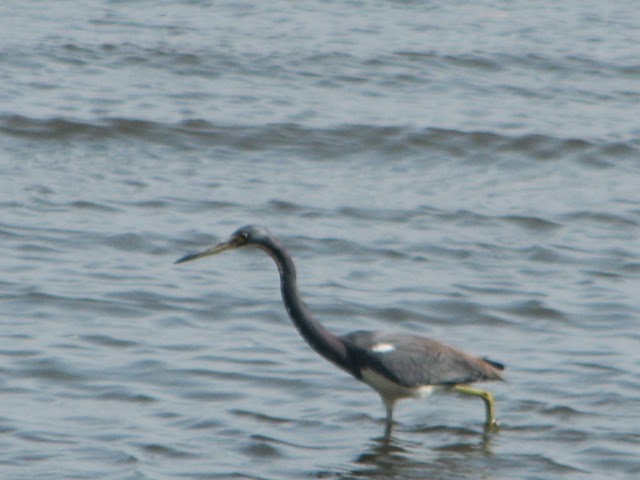The final week of our Florida "snowbird" vacation was spent in
the Sebastian/Vero Beach area on the Atlantic Coast. Mrs. T’s cousin and his wife Mary winter in that
area and naturally we visited them and did some“outings” together.
One was The
Stick Marsh near Fellsmere Florida. It
is considered to be one of the
best kept fishing secrets in Central Florida with its premiere bass fishing. We
drove throughout the refuge as well as did some hiking to check out the birds.
On another day Barb and I took an airboat ride through the
nearby Blue Cypress Conservation Marshland with Captain Bob. These unspoiled waters are also perfect way to
observe exotic birds, plants, turtles and Florida alligators in their own
natural environment. Our tour was fully
narrated by Capt. Bob through a TALK-AROUND HEADSET system which allows two way
communication. Capt. Bob, in a highly knowledgeable and entertaining way, tells you about the birds, plants, alligators,
fish and the local history of the area as you glide across the marshlands. The
man bubbles with excitement and passion for the wetlands. It was great…..
We saw dozens of alligators of all sizes.
We saw a few Bald Eagles in Florida but many many Ospreys. This is quite of the opposite of southeastern Minnesota where osprey are rare and Bald Eagles have become common along the Mississippi.
While lots of the usual large wading birds were seen, a "lifer" for me was the strangely colorful purple gallinule.
A large relative of the Cormorants, know locally as the "water snake" bird was seen frequently. The Anhinga does look like a snake when swimming though the water submerged with its head and neck visible. All in all we had a great time on both the Gulf and Atlantic Coasts.....





















































